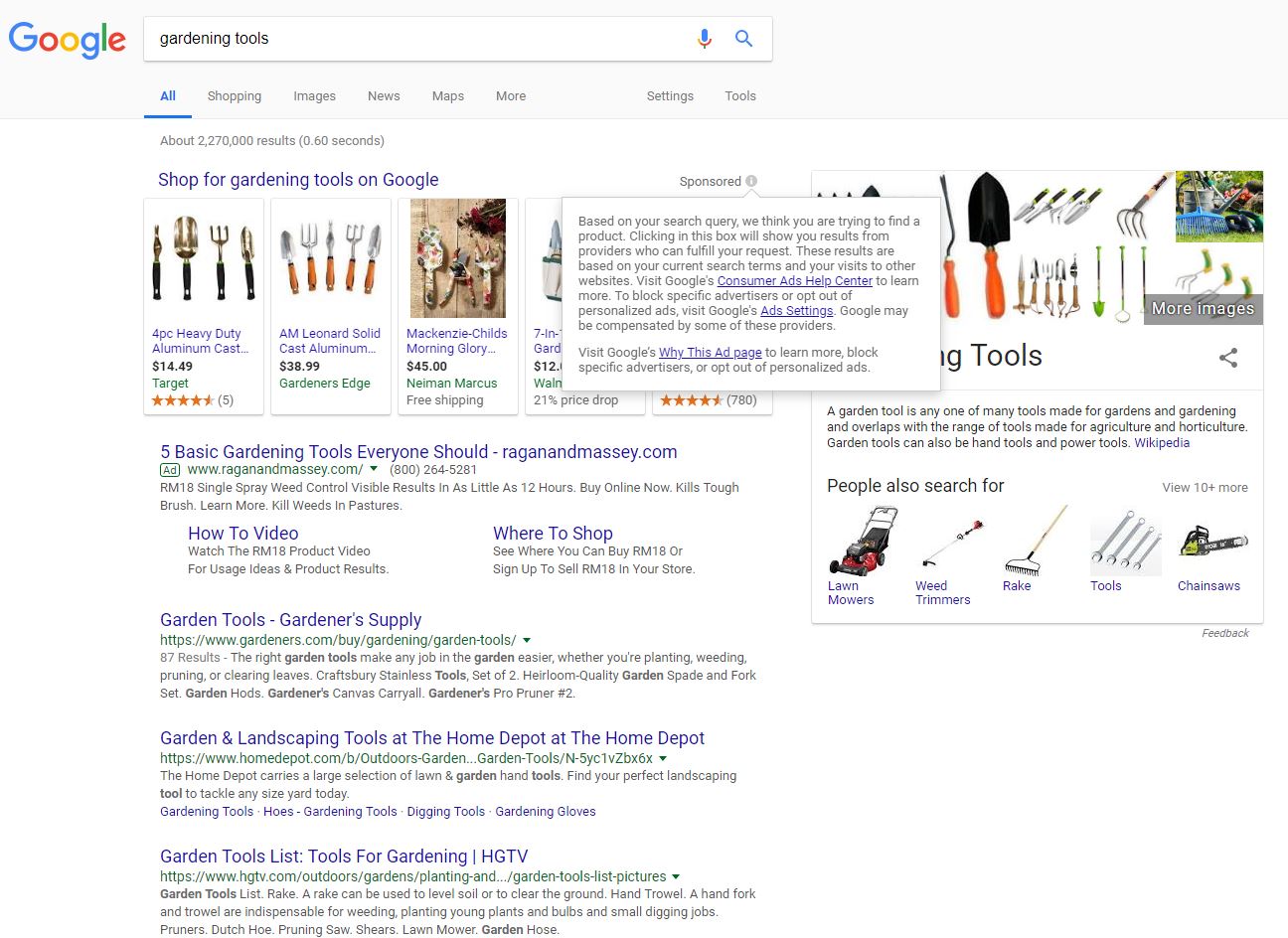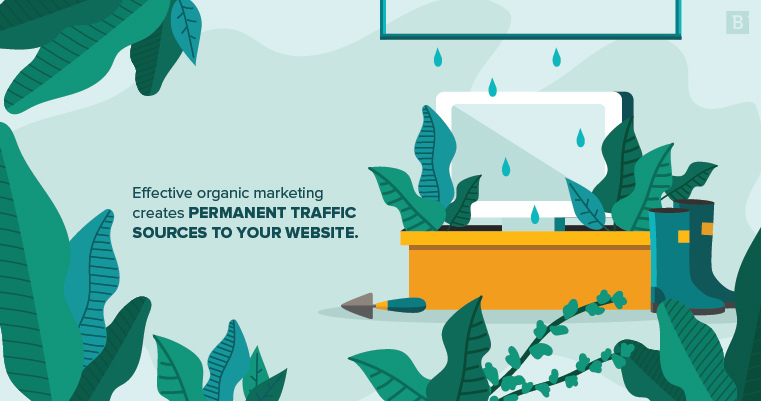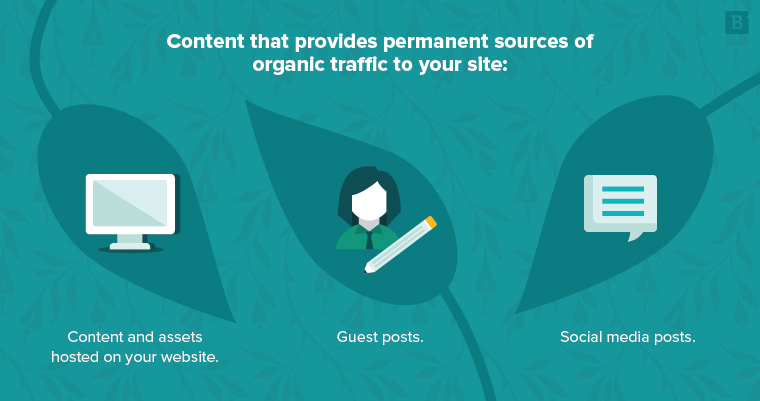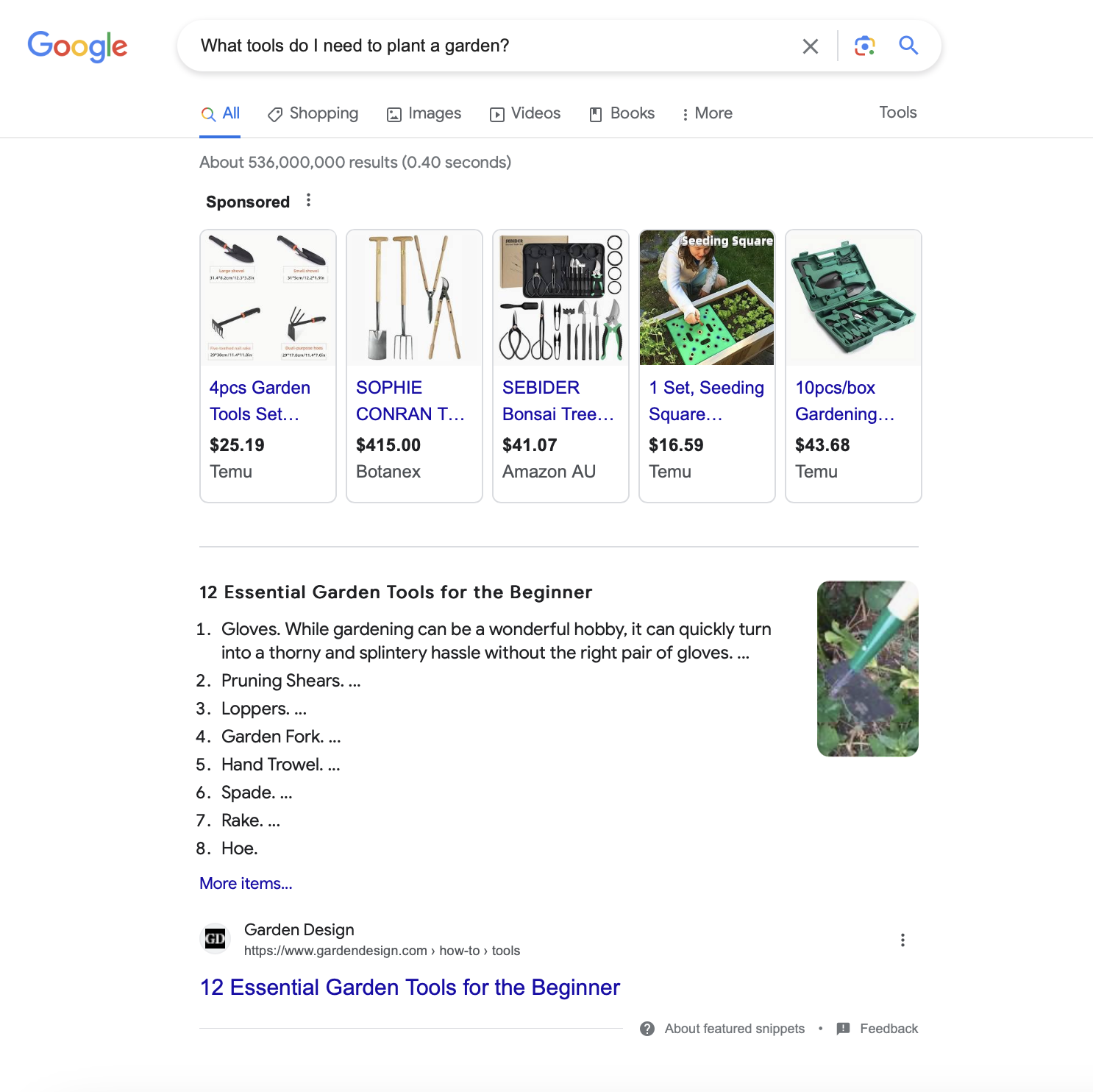In the constantly changing world of digital marketing, there are two broad categories by which companies go about their advertising efforts: paid and organic. It’s generally not one or the other — both paid and organic marketing complement each other and serve their own distinct purposes.
The goal of organic marketing, in short, is to bring people to your website by providing what they need rather than directly advertising to them — in other words, if you build the garden, butterflies will come, as the adage goes.
Read on to learn how you can get started with organic marketing and, in turn, attract the right leads via audience- and purpose-specific content.
What is Organic Marketing?
An organic marketing strategy generates traffic to your business naturally over time, rather than using paid advertising or sponsored posts. Anything you don’t spend money on directly — blog posts, case studies, email marketing, guest posts, unpaid tweets and Facebook updates — falls under the umbrella of organic marketing. That email blast you just sent out? Yup, that’s organic. So is that user-generated content campaign you just launched.
Now, it’s important to emphasize that the term “organic marketing” doesn’t mean that no money is spent. You’re still going to invest in your marketing strategy and any related software (Hubspot for inbound, MailChimp for email lists, Buffer or Sprout for scheduling organic social media posts, and the like). Rather, organic means you’re not paying to boost the specific post itself.
In some ways, it’s easier to define organic marketing by what it isn’t rather than what it is. Let’s go to a visual example:

Every listing starting with “Garden Tools — Gardener’s Supply” and below is an organic search result. It’s listed on the search engine because of organic marketing. The ones above? Businesses paid money to appear there, so any traffic resulting from these links isn’t organic.
Usually, paid links will have an indicator next to them (in the example above, the words “Sponsored” and “Ad” fill this role) while organic links are left bare. You’ll likely remember seeing paid posts on social media channels such as LinkedIn, Facebook, Twitter and Instagram. You may have even seen sponsored posts on industry websites, where brands will pay a publication to write about their product or something related to their business.
So, What’s the Point of Organic Marketing?
An organic strategy brings customers to your business naturally over time. Instead of directly advertising to your target audience, you’re drawing them in by providing the information they’re looking for. This process is also known as inbound marketing or content marketing.
With that said, there’s no fast track to results. Implementing an organic marketing strategy won’t boost your traffic overnight. In fact, it can take months or years to see the kind of performance you’re looking for. Sources of traffic can be pages and blog posts discoverable through search, unpaid guest posts on industry blogs, social media updates linking back to your website and more.
Organic marketing efforts are utilized for all facets of the consumer funnel. The evergreen content serves as both an effective brand awareness tool as well as a means of converting potential customers. In essence, an effective organic marketing strategy positions quality content in such a way that it reaches potential leads in a natural, non-invasive yet highly relevant manner.

Building Your Organic Marketing Strategy
Think of it this way: An organic marketing strategy convinces search engines that your website is not only relevant to what your audience is looking for but is also reputable. This is why such strategies take time.
Remember, we’re trying to build long-lasting sources of traffic that will help turn users into potential clients. What do these sources look like?
- Content and assets hosted on your blog: Ideally, these will populate search engine results when people Google a related term, bringing traffic your way.
- Guest posts: Content on an influencer’s or industry-related website is another way to get your content in front of a wider audience. Make sure to link back to your content.
- Social media posts: A tweet or LinkedIn post with a link to your website will stay live indefinitely, bringing new traffic to your site.
- Video content: As an increasingly popular and engaging form of organic marketing video content can fulfill a host of purposes — product explanatory videos, top-of-funnel informational videos and content repurposing among them.
- Email: Segment your audience and offer highly-tailored organic content, reaching far and wide with little to no associated costs.
Case studies: As a means of effectively invoking domain authority, case studies — via in-depth organic — work to build trust, credibility and an increased follower base.
Again, a single post won’t do much to boost your traffic — it’s about building credibility over time. Organic marketing works by building on the work you’ve done before via a series of sustained marketing efforts. The money you invest in the first month keeps bringing customers in the years to come. You may only see minuscule traffic gains at first, but your expenditure decreases as your traffic increases over time.
So, let’s get started creating your new strategy:

Analyze the Traffic Habits of Your Target Audience
How does your target market discover a business like yours? Maybe they rely on review sites, read industry publications, or search “What do I need to solve [X] issue?” Perhaps they follow social media influencers or track hashtags, looking for a new or interesting solution that’s better than the one they already have.
Once you can answer this question, post the type of content they’re looking for, and where they’re looking for it.
Subscribe to
The Content Marketer
Get weekly insights, advice and opinions about all things digital marketing.
Thank you for subscribing to The Content Marketer!
Build Your Website’s Content Library
Be sure not to neglect your website in favor of building external links. After all, people will click these links expecting to find quality information, and they’ll be disappointed when they don’t find it. Having a site with little to no content cuts significantly into your sales.
Variety is the spice of life, they say, so there’s no need to stick to one content type. Blog posts are important, but don’t forget about videos, infographics and downloadable assets like white papers and ebooks.

Optimize Your Website for Organic Search
Search engine optimization helps your entire site — not just your content — rank higher and more often on results pages, leading to an increase in organic traffic. While SEO is complex and constantly changing, here are some long-standing quick tips to get you started:
- Make sure each page has metadata: This helps search engines understand what your website is about. You’ll always want to include title tags with your most relevant keywords, image tags with alt attributes and a page description.
- Design with mobile in mind: Google now ranks websites based on how well they read on smartphones and tablets. Plus, given that 81% of Americans own a smartphone, mobile functionality should be a priority.
Use Social Media Marketing To Boost Your Organic Reach
If you’ve got a great content asset on your website that you think will help boost traffic, share it on social media. Even if you use a paid scheduling platform like Buffer or Hootsuite, it counts as an organic campaign as long as you’re not paying the social media platform to promote the post itself.
We’ve talked in depth about creating a successful B2B social media campaign before, but here are a few quick refreshers:
- Platform choice: Where is your target audience, and which social site brings you the most traffic? While LinkedIn is a must for B2B organizations, Facebook, Twitter and Instagram also have their benefits.
- Post type: Increased engagement is great, but traffic is what you really want. What types of posts are best at bringing readers to your website?
- Links: You’re trying to boost traffic and generate revenue, so make sure your social posts link back to your website. A simple way to do this is to link each new blog post on your social platforms.
- Schedule: What time are people most active on social media? Schedule your posts accordingly for increased traffic.
Also, as a general rule, don’t do paid without organic. You can think of organic marketing as the foundation of your advertising efforts while paid marketing can be drawn on for quick boosts and targeted campaigns. Having a solid foundation of organic marketing will provide your paid advertising with increased credibility, therefore complementing one another.
What About Paid Marketing?
Paid advertising puts your business in front of people who may not necessarily be looking for it. Remember the gardening tools examples above? While I didn’t specify that I was shopping for gardening tools, suggested products appeared anyway.
Let’s add clarity to this example by searching for a phrase that displays my intentions a little more clearly:

While this search shows I clearly want to plant a garden at some point, it doesn’t specify whether I’m looking for tips or a shopping list. Yet, what’s that under the search bar? A range of products that may align with my search intent. Seems interesting and relevant to what I’m looking for, so maybe I click it out of curiosity.
Paid advertising and sponsored social posts cost money but work fast, so they’re a good way to give an immediate boost to your traffic regardless of what stage your business is in. In fact, paid strategies are a good way for new companies to get their names out there while they work on their organic strategy. However, paid traffic drops as soon as the payments drop, so you’ll want to make sure you’ve got a healthy amount of organic content before ending a sponsored campaign.
Which Strategy Is Better: Organic or Paid?
If your gut reaction to this question is, “both,” you’re absolutely right. Paid and organic marketing strategies work best when used together. The first increases your traffic in the short term while you work to build enough organic content to sustain these numbers over time.
Using Organic Marketing To Grow Your Business
It can’t be emphasized enough that organic growth takes time, especially if your business is new. A fresh blog post won’t have much weight behind it, but over time, your content marketing activities will build upon each other.
What’s most important when measuring success is to know what your goals are. If you only want to increase traffic, focus on SEO and create guest posts to grow your audience. Also want to increase sales? Add some calls to action that direct people to download digital assets or contact a representative.
Chances are, you’re already engaging in organic marketing even if you don’t know it. Understanding the term and creating a strategy to meet your brand’s needs will make it all the more successful.
Editor’s Note: Updated November 2023.





